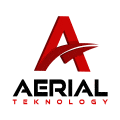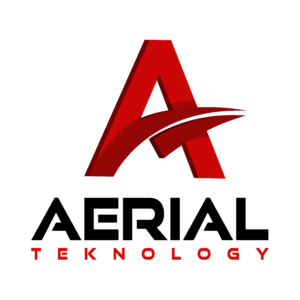In today’s highly competitive business landscape, the importance of effective design cannot be overstated. Whether you’re launching a new website, developing a product, or revamping your brand identity, finding the right designer is crucial to achieving your goals. However, with so many designers and design agencies available, the task of choosing the perfect one can be overwhelming. To make the process easier and ensure you find a designer who aligns with your vision and objectives, there are several key factors to consider. This blog will provide you with valuable insights and considerations to keep in mind when looking for a designer.
5 Factors to Consider for Hiring a Designer
Hiring a designer isn’t a difficult task if you know the right questions to ask. There are many factors do businesses consider when hiring a designer, but it all depends on your requirements or productivity ratio. Here are the 5 most critical capabilities to look for:
Personality Traits
A designer’s personality traits can have a significant impact when hiring them. Traits such as creativity, attention to detail, adaptability, and communication skills are crucial for success in the design field. Creative thinking drives innovative solutions, attention to detail ensures quality work, adaptability allows for versatility in different projects, and strong communication skills facilitate effective collaboration. These personal traits contribute to the designer’s ability to understand and meet client requirements, work effectively within a team, and deliver designs that match your organization’s goals and vision.
Experience
Experience matters when hiring a designer because it brings several important advantages. Firstly, an experienced designer has likely worked on various projects and encountered different challenges, which helps them develop problem-solving skills and creative approaches. They are more likely to have a solid understanding of design principles, industry standards, modern technologies related to the design industry, and the latest trends. Experienced designers have likely collaborated with clients, teams, and stakeholders, developing communication and interpersonal skills. They are familiar with the design process, client management, and feedback incorporation. Their experience enables them to better understand clients’ needs, translate them into design concepts, and iterate based on feedback.
Portfolio
A portfolio is an essential factor to consider when hiring a designer as it provides tangible evidence of a designer’s skills, creativity, and expertise. It showcases their previous work and gives employers a glimpse into their design style, range, and abilities. A well-curated portfolio demonstrates the designer’s versatility and adaptability, showing their ability to work across different mediums, styles, and industries. It also provides insight into their attention to detail, aesthetics, and overall design sensibility.
Reviews
Reviews provide insights into the designer’s past performance and the experiences of their previous clients or employers. They can give you an idea of the designer’s professionalism, reliability, and the quality of their work. When evaluating reviews, look for patterns or consistent feedback regarding the designer’s communication skills, ability to meet deadlines, responsiveness to feedback, and overall client satisfaction. In addition to reviews, you can also consider seeking references from the designer’s previous clients or employers. Talking directly with someone who has worked with the designer can provide more detailed insights and help you make a more informed decision.
Payment
Finally, budget or payment is another crucial area that needs to be established in a fair and mutually beneficial arrangement that aligns with the designer’s skills, experience, and the scope of the project. Research and familiarize yourself with the current market rates for design services. This will give you a benchmark for determining competitive compensation for the designer based on their expertise and the complexity of the project. Moreover, you should also decide on the payment structure that works best for both parties. Options include hourly rates, project-based fees, or a combination of both. Clearly define milestones and deliverables to ensure transparency and avoid misunderstandings.
Summing Up
Although there are many talented and professional designers, not all of them can be a perfect fit for your organization. In choosing the right person who can reflect your business goals in the best possible way and align with your company’s objectives, you should clarify your vision and communicate with the designer effectively. This way, you can give a whole new direction to your business and work with a team of experts that can help you meet your requirements.




